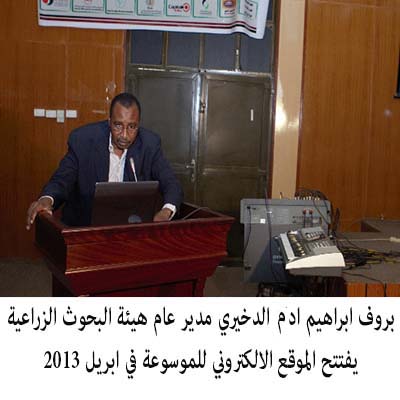التغذية
Constraints of camel pastoralists in Gedarif state, eastern Sudan
Y. M. Abdalatif¹, M. O. Eisa², A. B. Mustafa³ and A. M. Salih4
¹Ministry of Animal Resources and Fisheries
²Department of Animal Production, Faculty of Agric., Omdurman Islamic University
3University of Juba, P.O. Box: 12327, Khartoum, Sudan
4Deptatment of Animal Nutrition, Faculty of Animal Production, Khartoum University-Sudan
Abstract
This field study was conducted between Oct 2005 and Aug 2008 in Gedarif state, eastern Sudan. The objective
was to provide knowledge on constraints faced by camel herders, and to identify the solutions as an essential step
towards the development of camel herding in this state. A set of detailed structured questionnaires were used to
collect information from camel herders. The results showed that, nomadic tribes in the study area (58.8%)
represented by Lahaween and Rofaah tribes and their dwelling type is tents made from (Hair & wool). Semi
nomadic tribes (30.9%) represented by Kenana and Rashaida tribes and their dwelling type is cottage made from
branches of trees and sorghum stalk and the sedentary tribe (10.3%) represented by Shokria tribes and their
dwelling type are buildings made from either mud or bricks with cement. There was a high percent of family
members who are illiterate. It was clear that the level of provision of most services needed by the herders and
owners is relatively very low. The camel owners annually need to sell 5 to 6 camels to feed 100 camels on sorghum
stalks in the dry season. The serious livelihood constraints were education, electricity, water supply and veterinary
services. More care from the government and non government organizations is recommended.


